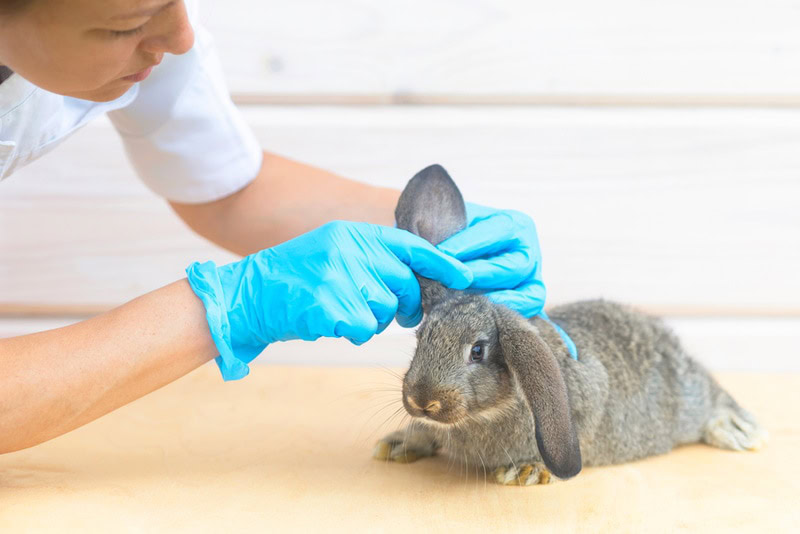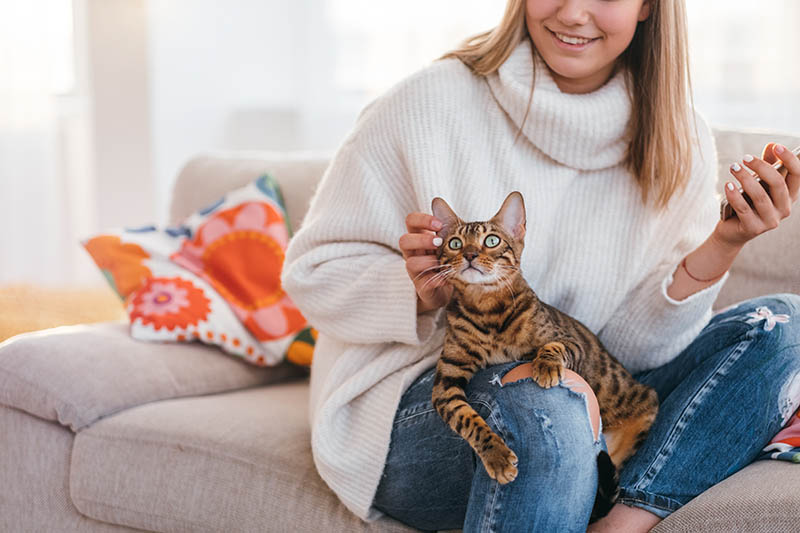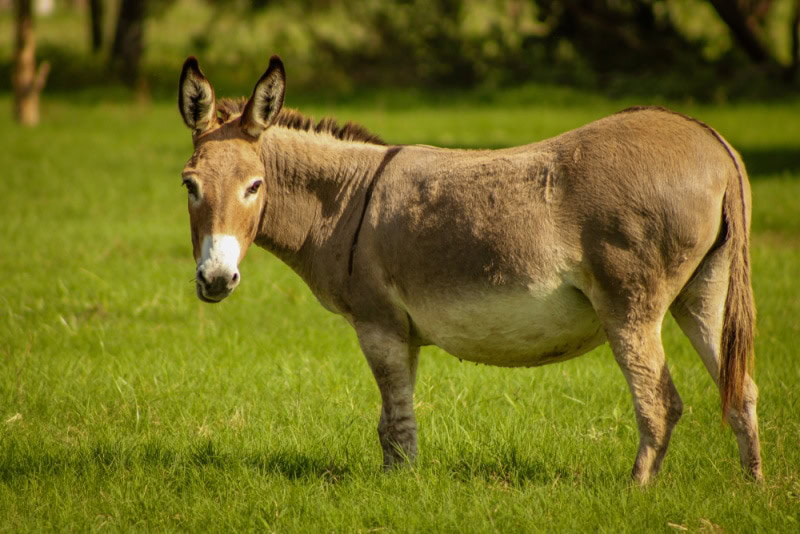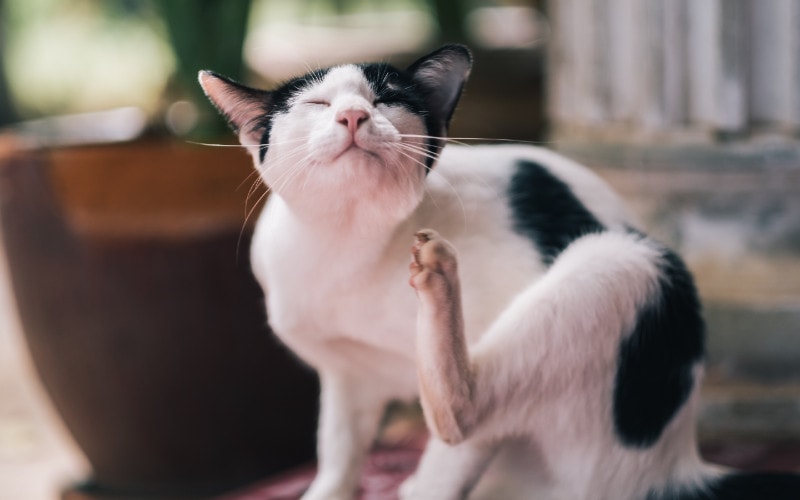VET APPROVED

The information is current and up-to-date in accordance with the latest veterinarian research.
Learn more »Click to Skip Ahead
If you’ve recently noticed that your rabbit has a lump on their body, it could be an abscess, which is, unfortunately, not uncommon in domestic rabbits. An abscess can show up just about anywhere, including under the skin or in the mouth.
An abscess is usually a sign of an underlying health problem. This means the cost of treatment will vary greatly depending on the type of abscess and any other treatment that your pet might need. You can expect to pay $100–$150 for the initial clinical exam and required medical treatment, and if surgery is required, which is often the case, it might cost about $250–$500 or more.
Let’s review the potential costs that you should anticipate if your rabbit develops an abscess.

The Importance of Treating an Abscess
All abscesses need treatment, and the sooner they’re treated, the better. Therefore, you should become familiar with the signs of an abscess in order to stay on top of potential health problems.
Ensure that your rabbit is comfortable being handled. If they tend to be fearful, there are a few steps that you can take to make them more comfortable. As soon as you bring your bun home, you should regularly feel their body gently for any unusual lumps, swelling, or malodor. If the abscess is a result of dental disease, for example, there will potentially be discharge from the eyes or nose, external facial swelling, signs of depression, and a lack of appetite, which in turn can lead to gut stasis, a common but serious digestive disorder in rabbits.
You should also become familiar with their behavior, so if they are acting differently, you’ll know that this could be an indication that something is wrong. Regular checkups with a rabbit-savvy vet will help you keep on top of your bun’s health.
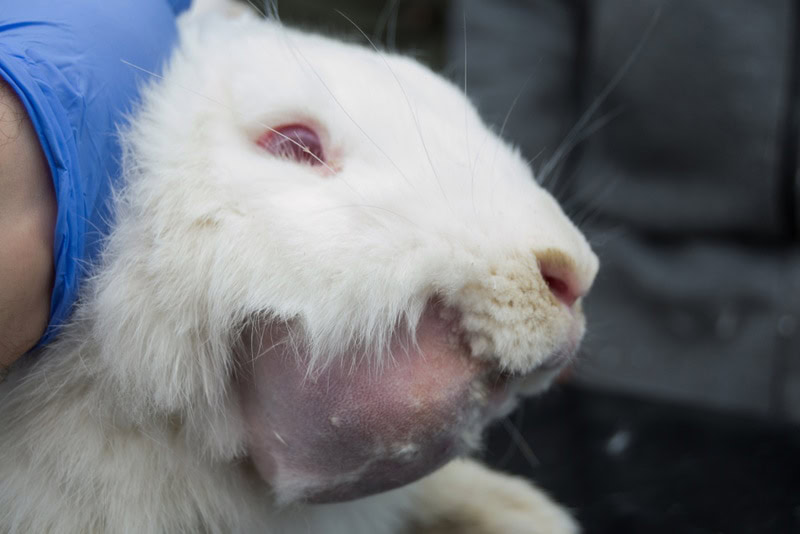
How Much Does Abscess Treatment Cost?
It’s difficult to give exact numbers for the cost of treating a rabbit’s abscess, since there might be something else going on with their health. One of the main causes of odontogenic or teeth abscesses is food becoming lodged between the teeth, improper tooth growth, oral injuries, malocclusion, or due to a bacterial overgrowth, often with Fusobacterium nucleatum, Streptococcus, Bacteroides, and Pasteurella (common oral bacteria).
The factors that impact the course of treatment are:
- The age and general health of your rabbit
- The type and location of the abscess
- The actual treatment used
- The response to treatment
There are typically two kinds of treatments that you can expect for an abscess: antibiotics and surgery. Surgery is often recommended as many rabbit abscesses need complete removal, or else they will return, or because they’re in a difficult location to access.
If your bun only needs antibiotics, this might run from $100 to $150. Treating a tooth abscess can be an expensive surgery, costing anywhere from $250 to $500, depending on the number of factors involved.
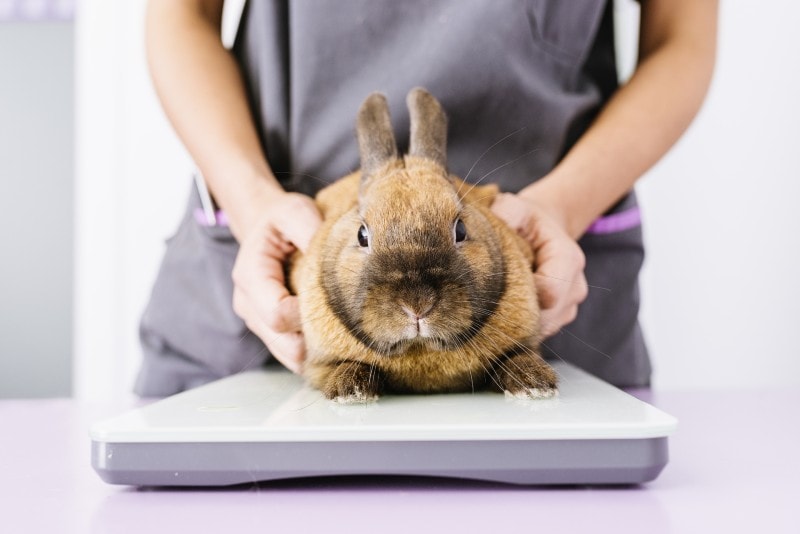
Additional Costs to Anticipate
Additional costs can include your rabbit staying overnight at the clinic if they need watching after surgery. Altogether, this can cost you up to $600 or more, depending on how long they stay and the treatment itself. There’s also the need for X-rays in most cases, which add to the cost, and medication for pain and antibiotics, all contributing to the final bill.
Additionally, if your rabbit has an underlying health issue that led to the formation of the abscess, there may be extra treatment and ongoing management of this condition.
How Can You Prevent an Abscess?
Some abscesses could be preventable to a degree in certain cases by providing the rabbit with good-quality hay and high-fiber food, ensuring consistent tooth wear and adequate digestion. Also, keep up with regular dental checks with your vet, who can check your pet’s teeth and recommend routine treatment when necessary to prevent overgrowth.
Giving your rabbit the right foods and paying attention to their teeth can help prevent or pick up dental disease and abscesses early on. Keep their habitat clean, particularly the floor, to avoid sores on their feet.
You must also ensure your bun’s safety by protecting them against other animals that might bite or scratch, including other rabbits. Punctures, scratches, and bites can lead to an abscess. Lastly, checking them for lumps once a week is the best way to get your bun treatment sooner rather than later if an abscess appears.
The sooner that an abscess is looked after, the better the chances of successful treatment and recovery. That said, in some cases, surgery is the only option.
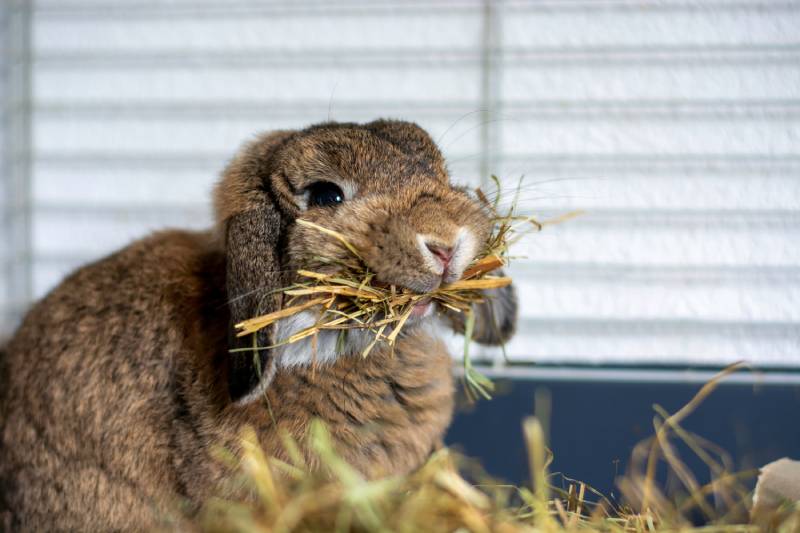
Does Pet Insurance Cover Abscess Treatment?
At the time of writing, Nationwide is the only U.S. pet insurance company that covers exotic pets like rabbits. It covers abscesses in rabbits and other issues, such as when your pet swallows something that they shouldn’t or they get injured.
Subscribing to insurance is optional, but it could end up saving you a great deal of money. Bear in mind that pet insurance doesn’t cover any conditions that your rabbit currently has. You’ll need to opt for insurance while your pet is healthy. If your bun has recurring abscesses, they won’t be covered unless you get the insurance before the first one develops.
How Do You Care for an Abscess After Treatment?
If treatment is antibiotics, you’ll need to provide your rabbit with the medication at home as per your veterinarian’s instructions.
If your bun underwent surgery, you should restrict their activity until the area has healed. You’ll also need to take your pet in to see the vet regularly so they can oversee the wound and ensure that it’s healing well.
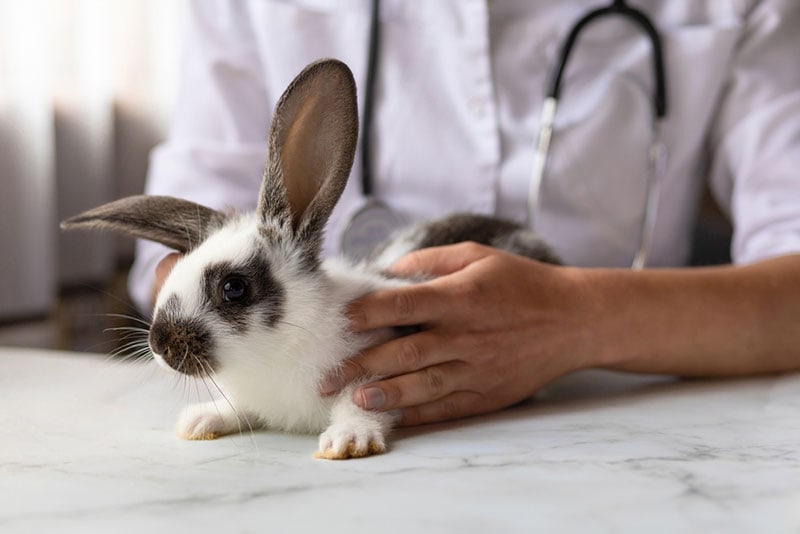

Conclusion
It’s unfortunate, but abscesses tend to occur in rabbits, and treatment can be expensive and time-consuming, especially if it’s caused by an underlying health condition that will also need treatment.
Still, if you’re diligent and check for abscesses on your rabbit regularly, you can get them treated before it becomes a complicated issue. This will make things more affordable for you and less painful for your bun.
Featured Image Credit: ElenaYakimova, Shutterstock
